
Recommendation
Take a client call, feed your cat, update a spreadsheet, bandage your kid’s knee, captain a Zoom meeting, take your aging father to the dentist – remote work can help you meet all the demands of home and of work in the same afternoon. It sounds like a dream, right? But what are you losing out on when you go remote? In this opinion piece, Scott Galloway – a long-time entrepreneur, professor of marketing, author and speaker – shares his thoughts.
Summary
About the Author
Scott Galloway teaches marketing at the New York University Stern School of Business. He’s an entrepreneur, author, podcast host and public speaker. He wrote The Four: The Hidden DNA of Amazon, Apple, Facebook and Google.
By the same author
Article
Article
Book
Book
Video
Video
Learners who read this summary also read
Book









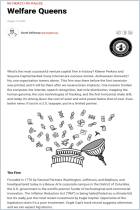

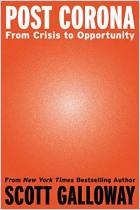




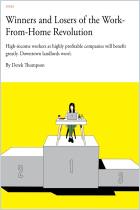
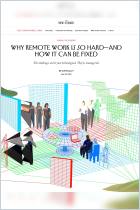


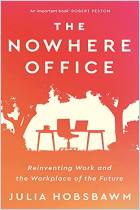




Comment on this summary